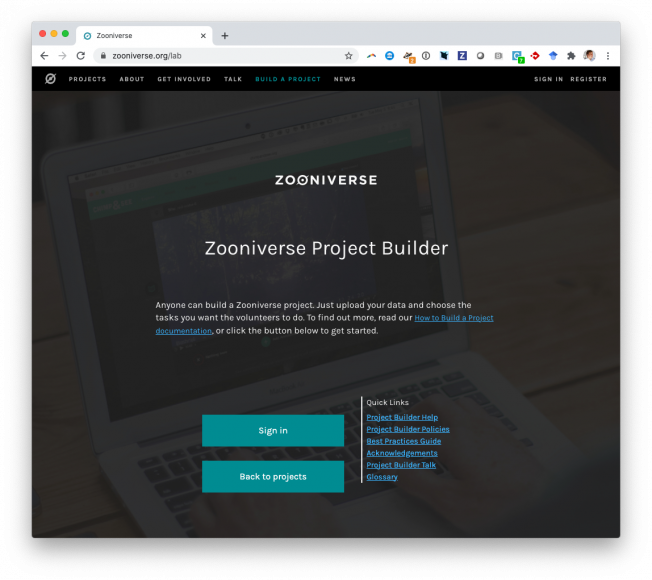Ideas for Citizen Science in Astronomy
Annual Review of Astronomy and Astrophysics Annual Reviews 53:1 (2015) 1-32
Applying a random encounter model to estimate lion density from camera traps in Serengeti National Park, Tanzania
Journal of Wildlife Management 79:6 (2015) 1014-1021
Abstract:
The random encounter model (REM) is a novel method for estimating animal density from camera trap data without the need for individual recognition. It has never been used to estimate the density of large carnivore species, despite these being the focus of most camera trap studies worldwide. In this context, we applied the REM to estimate the density of female lions (Panthera leo) from camera traps implemented in Serengeti National Park, Tanzania, comparing estimates to reference values derived from pride census data. More specifically, we attempted to account for bias resulting from non-random camera placement at lion resting sites under isolated trees by comparing estimates derived from night versus day photographs, between dry and wet seasons, and between habitats that differ in their amount of tree cover. Overall, we recorded 169 and 163 independent photographic events of female lions from 7,608 and 12,137 camera trap days carried out in the dry season of 2010 and the wet season of 2011, respectively. Although all REM models considered over-estimated female lion density, models that considered only night-time events resulted in estimates that were much less biased relative to those based on all photographic events. We conclude that restricting REM estimation to periods and habitats in which animal movement is more likely to be random with respect to cameras can help reduce bias in estimates of density for female Serengeti lions. We highlight that accurate REM estimates will nonetheless be dependent on reliable measures of average speed of animal movement and camera detection zone dimensions.ERRATUM: “PLANET HUNTERS. VI. AN INDEPENDENT CHARACTERIZATION OF KOI-351 AND SEVERAL LONG PERIOD PLANET CANDIDATES FROM THE KEPLER ARCHIVAL DATA” (2014, AJ, 148, 28)*
The Astronomical Journal American Astronomical Society 150:1 (2015) 38
STELLAR POPULATIONS OF BARRED QUIESCENT GALAXIES
The Astrophysical Journal American Astronomical Society 807:1 (2015) 36
Crowdsourcing the General Public for Large Scale Molecular Pathology Studies in Cancer
EBioMedicine Elsevier 2:7 (2015) 681-689



